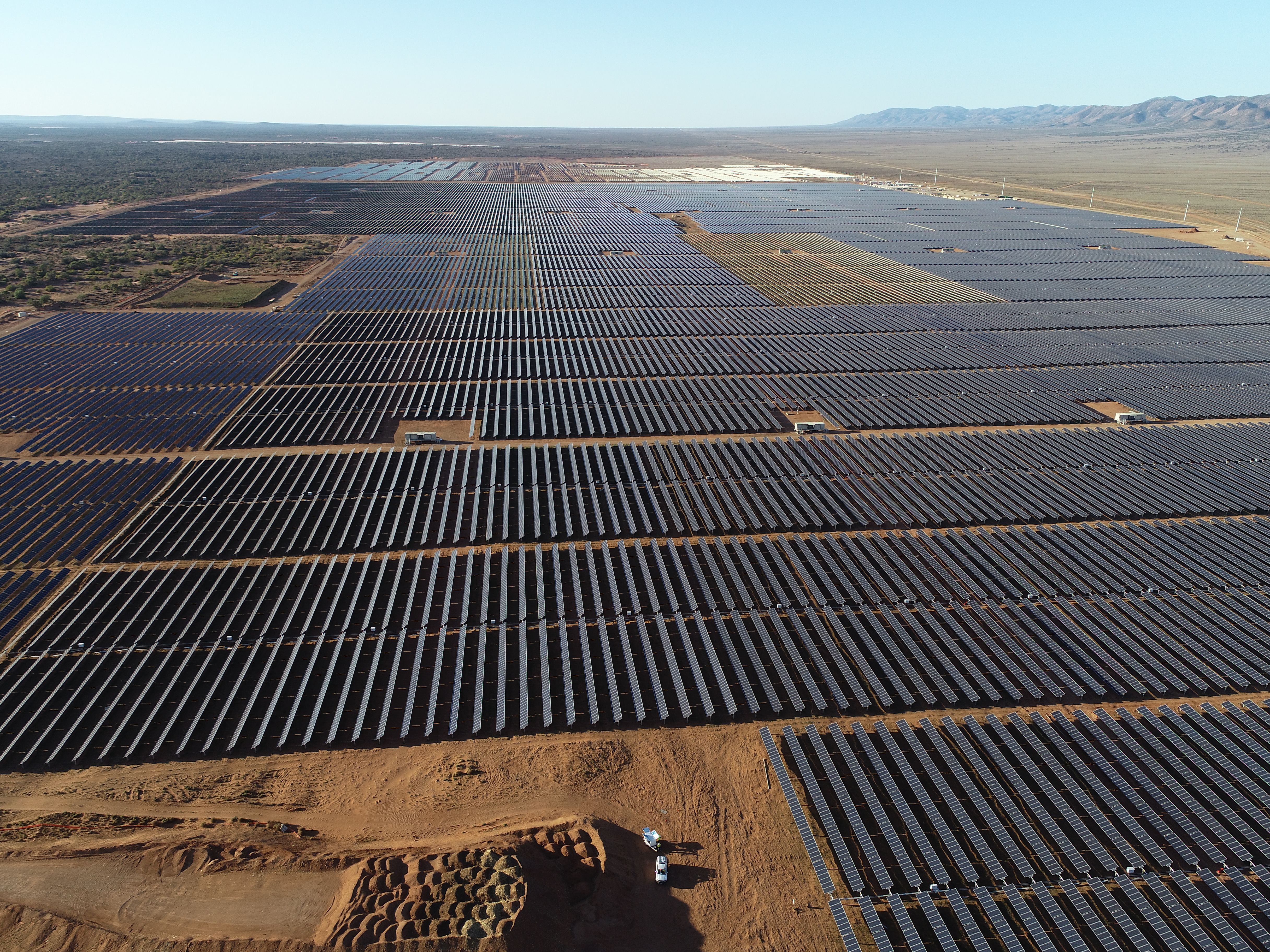Drones are quickly becoming a standard part of the engineering toolkit, with organisations not only embracing the technology but redefining what’s possible.

In Queensland, electricity distributer Ergon Energy is using drones (also known as unmanned aerial vehicles and remotely piloted aircraft systems) to help crews restore power outages after natural disasters and even string powerlines in hard-to-reach areas.
Ergon Energy’s Chief Remote Pilot John Mordacz said drones were a portable and cost-effective tool for inspecting the network and carrying out repairs, which can be time consuming and challenging in areas where vehicle access has been cut by fallen trees, flooding or muddy terrain.
“We can get very detailed aerial images of the network, which highlight faults that cannot be detected on the ground,” he said.
“We’re also using drones to string powerlines over rugged terrain.
“While drones don’t have the lift capacity of a helicopter or the flying range of a fixed-wing aircraft, they are a more accessible and cost-effective alternative in many situations.”
About 80 staff members are being trained as certified drone pilots; a clear indication that Ergon is serious about a incorporating drones into its future operations and maintenance. Area Manager Wayne Alderman said the benefits went beyond responding to disasters.
“In the past when we needed to string a new powerline from one side of a river to another, or over inaccessible terrain, we often had to call in a helicopter to carry out the task,” he said.
“We can now use our own drones to do the same job with fewer risks, at significantly less cost and more efficiently.
“Drones also allow us to closely inspect communication towers more than 100m-high from all angles, for any damage or potential faults.”
Ben Harris, CEO and Co-founder of National Drones says although it’s still early days for the technology, the potential for applications in public works is massive.
“People paint them as the silver bullet to solve a lot of problems; I don't necessarily think that's the case, but I think there's a huge use case for them in any kind of infrastructure project, whether that's something like project monitoring and regular updates on a construction project, for example, through to site surveillance and OH&S,” Harris says.

The company recently sent its drones in to help Victorian utility Western Water improve the thoroughness and accuracy of their asset register and spatial database.
A drone was used to conduct an aerial photogrammetry survey, and the captured aerial imagery was used to create a high resolution, geo-referenced map of the survey site. Ground assets were identified and categorised using a web-based platform, and Western Water’s existing GIS data was imported and overlaid on the aerial image data.
The result: 31 ground assets not previously included in the GIS database were identified, including storm water drains and pits. A number of hydrant locations were identified that were incorrectly located, or not present on the GIS datasets.
In SA, National Drones undertook an inspection of Australia’s largest solar farm, Bungala, using thermal equipment to assess 440,000 solar panels.
Say hello to your new neighbour
This is just the start of what drones can do, Harris says.
“One of the other things that I can potentially see happening in maybe five years is this concept of ‘resident drones’,” he explains.

“If you've got a project, it might be a road construction or a bridge construction, you've simply got a drone that lives in a box onsite. It pops out of its box every morning and afternoon, goes and does a fly around the site, captures whatever information it needs, comes and lands back in its little box, and then that data automatically gets uploaded and processed overnight and managers get reporting on their project delivered to their inbox the next morning.”
In WA, National Drones Regional Director Richard Bazen believes drones will move toward becoming more ‘active’, rather than simply passively conducting inspections.
“At the moment we talk a lot about inspection obviously, which is huge growth area. We're inspecting buildings, mobile phone towers, bridges, all that sort of stuff. That will only increase. But I think we'll start seeing more active applications where instead of just going out and finding issues, we'll actually be doing something about them,” he says.
"We’re already seeing spraying drones and I see more examples of technologies that include materials testing, such as drones that can apply protective coatings and so on.”
Don’t miss our special report on drones in public works in the next issue of inspire magazine, due out in November.